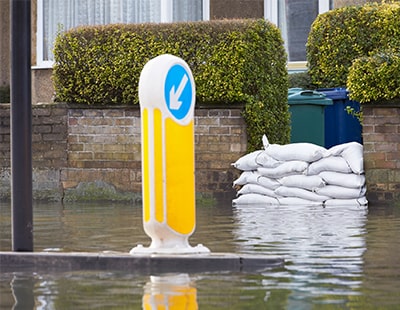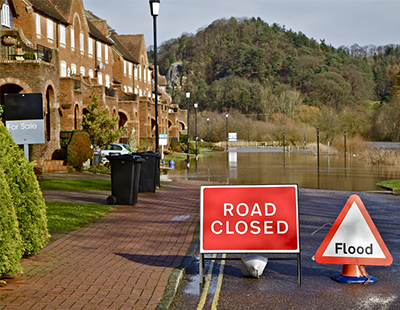What are the risks?
Certain areas naturally face greater flood risks. Low-lying areas such as The Fens in East Anglia and the Somerset Levels will often face flooding, with heavy rainfall quickly leading to serious damage to properties.
Coastal areas are also at risk of floods, with costal erosion and rising sea levels all putting brick and mortar at risk. There are, of course, payoffs to living in these areas. Coastal areas are highly sought after and can make great investments as holiday lets.
Assessing and understanding the risks will, ultimately, give investors a better understanding of whether it is worth their while investing in areas of the country that are likely to flood. Before investing, it is worth checking the risk your property faces.
The government has a helpful website that allows you to see both the flood risk for a property and whether a flood warning has been issued.
Although flooding can be unpredictable, what we can say with some assurance is that floods are getting worse. Even if the government’s website suggests a property is not at risk, there is still good reason to consider preventative measures to flooding.
As Britain faces more rainfall in autumn and winter, produced by climate change, flooding has become a more constant fixture in the news. The old stereotype about English people and the weather seems to be changing from inane chit-chat to a genuine issue.
Preventing flooding
There are a number of steps that can be taken to prevent flooding. The most important thing to consider is how water drains away from your property. In the first instance, this means understanding where the water has come from.
Allowing water to run off your property is essential to avoiding damage to your interior. Water can effectively be diverted using drainage and, if flood warnings are in place, temporary flood defences such as sandbags and barriers.
Natural measures can also be an effective ally in preventing floods. Landscaping gardens can improve drainage and water retention while also acting as barriers to direct flood water and protect the property from significant damage.
Concrete, on the other hand, does not allow water to drain away effectively, leading to a higher risk of interior damage. If you live in a flood prone area, grassing your gardens will help manage the flow of water outside your property.
However, while it is essential to take out sufficient measures if you do live in a flood-prone area, sometimes flooding emergencies are uncontrollable. Recently, one of our properties was flooded on Queens Drive in Finsbury Park when a water pipe burst. The flooding caused thousands of pounds worth of damage. The moral of the story for investors is that flooding can happen anywhere, so it is worth your while investing in interior flooding measures.
If water does come into your property, there are certain preventative steps that should be taken to avoid serious damage. Installing a damp-proof membrane on top of a concrete floor will prevent water from standing in the property.
Likewise, avoid carpeting the property; tiles or floorboards will allow water to run off the property quicker. In order to avoid electrical damage, homeowners should also raise socket heights.
All of these steps can help reduce the damage that is done to your property and reduce the time to recover from any damage. Given that there are many causes of flooding, it is worth considering these measures regardless of whether the property is in a flood risk zone.
Is it worth it?
Ultimately, property investors should work out whether investing in a flood-prone property is worth the risk, and the cost. Completely flood-proofing your property is likely to rack up into the thousands, as is the home insurance for properties in flood-prone areas and ultimately could prove to be futile.
Though there has been some effort to reduce the cost of premiums, they are still likely to be higher if you live in a flood zone.
But there is, of course, a payoff to all of this. Many of Britain’s most idyllic properties lie in flood zones. Whether that is a coastal village or secluded riverside property in the countryside, investors should not abandon the perfect property out-of-hand.
Certain steps can and should be taken to prevent flooding, regardless of where the house is situated. For investors who are confident in their ability to minimise the risk, the right investment might certainly be worth the reward.
*Israel Moskovitz is the founder and CEO of the Avon Group. He has over 30 years’ experience as a developer and property manager.









.png)

.jpg)








Join the conversation
Be the first to comment (please use the comment box below)
Please login to comment